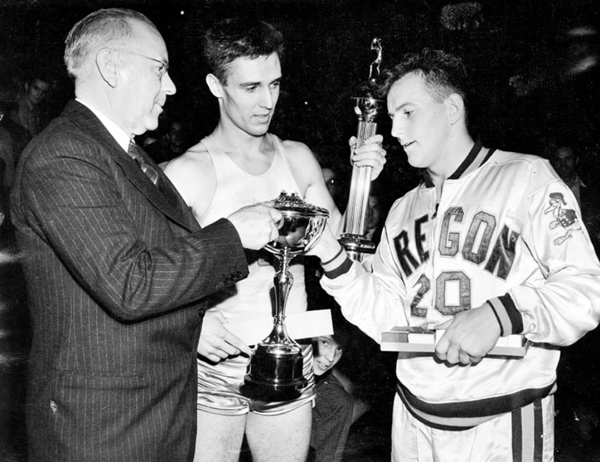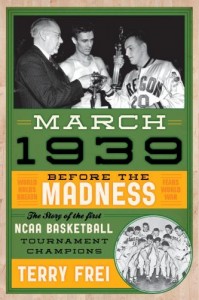
 I have a love hate relationship with March Madness. I love it because I love college basketball and as a diehard Kansas Jayhawk fan have had a dog in the fight every season for the past 25 years. I hate it in the same way heavy drinkers hate New Year’s Eve or hipsters hate when their favorite band signs to a major label; the amateurs who come out of the woodwork every March complaining about their brackets being busted and debating about where players will fall in the NBA draft.
I have a love hate relationship with March Madness. I love it because I love college basketball and as a diehard Kansas Jayhawk fan have had a dog in the fight every season for the past 25 years. I hate it in the same way heavy drinkers hate New Year’s Eve or hipsters hate when their favorite band signs to a major label; the amateurs who come out of the woodwork every March complaining about their brackets being busted and debating about where players will fall in the NBA draft.
I don’t like gambling, fantasy sports or the NBA so I’m mostly irritated by the chatter about everything but the basketball games and the unique qualities of a single-elimination tournament where the better team often doesn’t win. I also don’t care too much for basketball games being played in football stadiums (or aircraft carriers, casinos and resorts) but that’s a topic for another time.
Maybe it’s because UConn and Kentucky are in the Final Four this year and the teams I generally root for didn’t survive the first weekend, but this year’s tournament has been especially disappointing. The feeling of dread I feel every March has only enhanced with each game and each tweet I’ve read about how this or that team losing just killed someone else’s bracket (newsflash: nobody cares about your bracket).
For solace I’ve turned to and found respite in a book about the very first NCAA Tournament, which took place way back in 1939, a year when that feeling of dread had more to do with pending war than it did a basketball tournament only a few thousand fans were lucky enough to watch in person. In the book, Terry Frei recounts the journey of the Oregon Webfoots to the first ever NCAA national championship in Chicago and the tournament’s modest beginnings.
The Webfoots, which we know today as the Ducks, were in many ways a team ahead of their time, playing a frenetic pace for their time with enough height, officially and unofficially, to earn the nickname the Tall Firs. Their coach, Howard Hobson, was one of the early masterminds of the game who tinkered and toiled with Naismith’s peach basket game in ways that have become commonplace for modern day programs.
Frei recounts more than just the basketball games. By dropping in short news items throughout, he places the season in context with world events and the coming war that would change so much of American culture. The mini history lessons provide an informative context for the events on the court as the Webfoots’ magical season takes them through a long cross country trip highlighted by a game at Madison Square Garden in New York, a tough Pacific Coast Conference schedule and another long train ride to Chicago for the national championship game against Ohio State.
In the end, “The Tall Firs” were too much for the Buckeyes and took home a trophy that had been broken in two pieces earlier in the game when Oregon guard Bobby Anet crashed into the table it was sitting on trying to save a ball from going out of bounds. As evidenced by the crowd reaction back home recounted here with photos and press clippings, the national title was taken very seriously by hometown fans but at the time. But the second-year National Invitational Tournament at Madison Square Garden was also staking claim on a mythical national championship so Oregon’s win wasn’t celebrated or recognized as a true national championship the way it is today.
There were also no bracket pools to speak of, one and done superstars (there was no NBA to leave school for, after all), shouting sports commentators or even a sellout crowd in a basketball arena, much less a football stadium to witness it. But while Temple University can boast of winning the first ever NIT a year earlier and LIU can claim a national title for winning the NIT after an undefeated season in 1939 (despite playing only one game outside New York City), only Oregon can truly say that they were the original NCAA tournament champs. Before the Madness.
If like me, you’re not really looking forward to the Final Four, pass the time replaying the games and “what ifs” in your head and check out March 1939: Before the Madness.
Leave a Reply